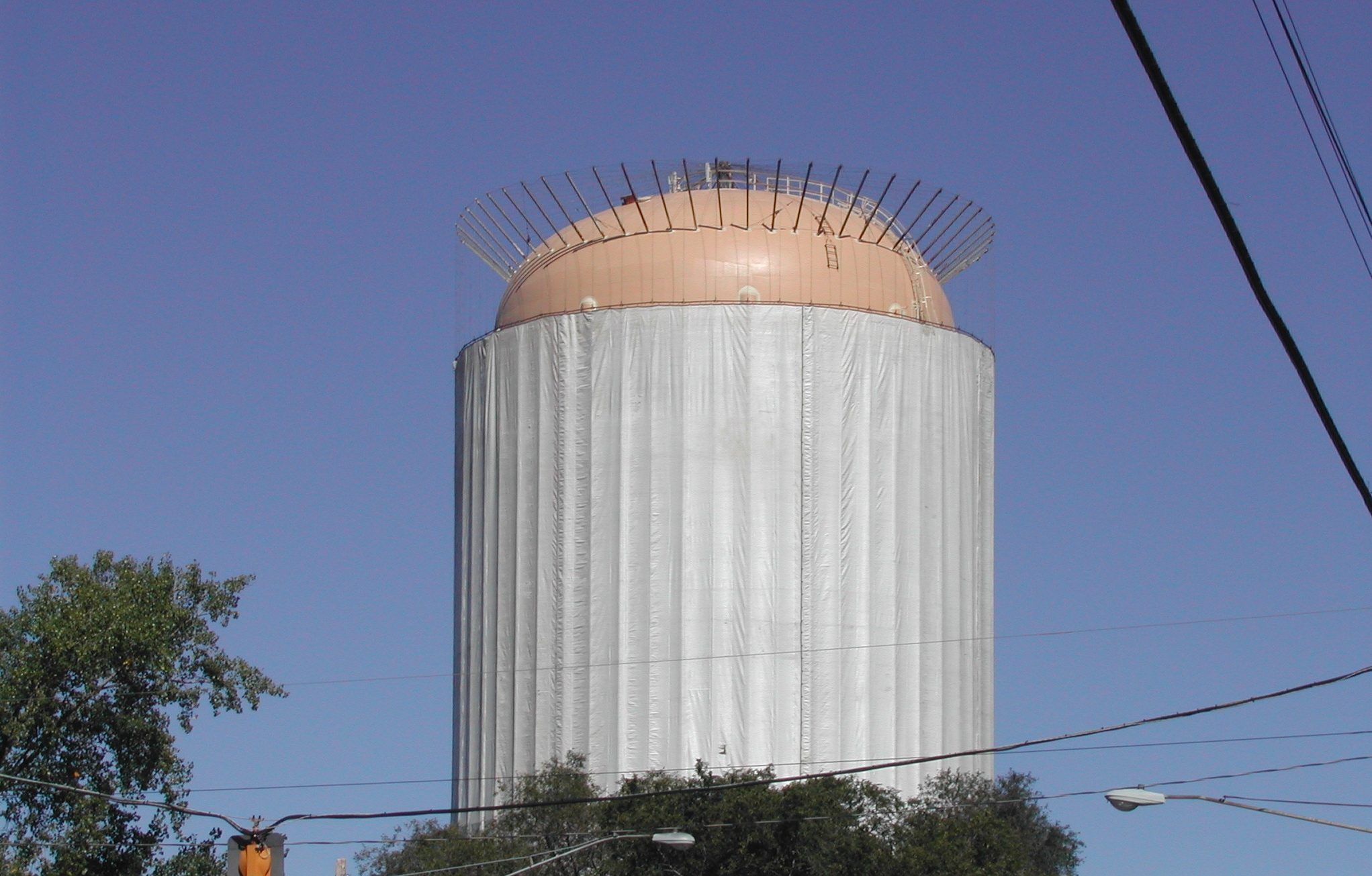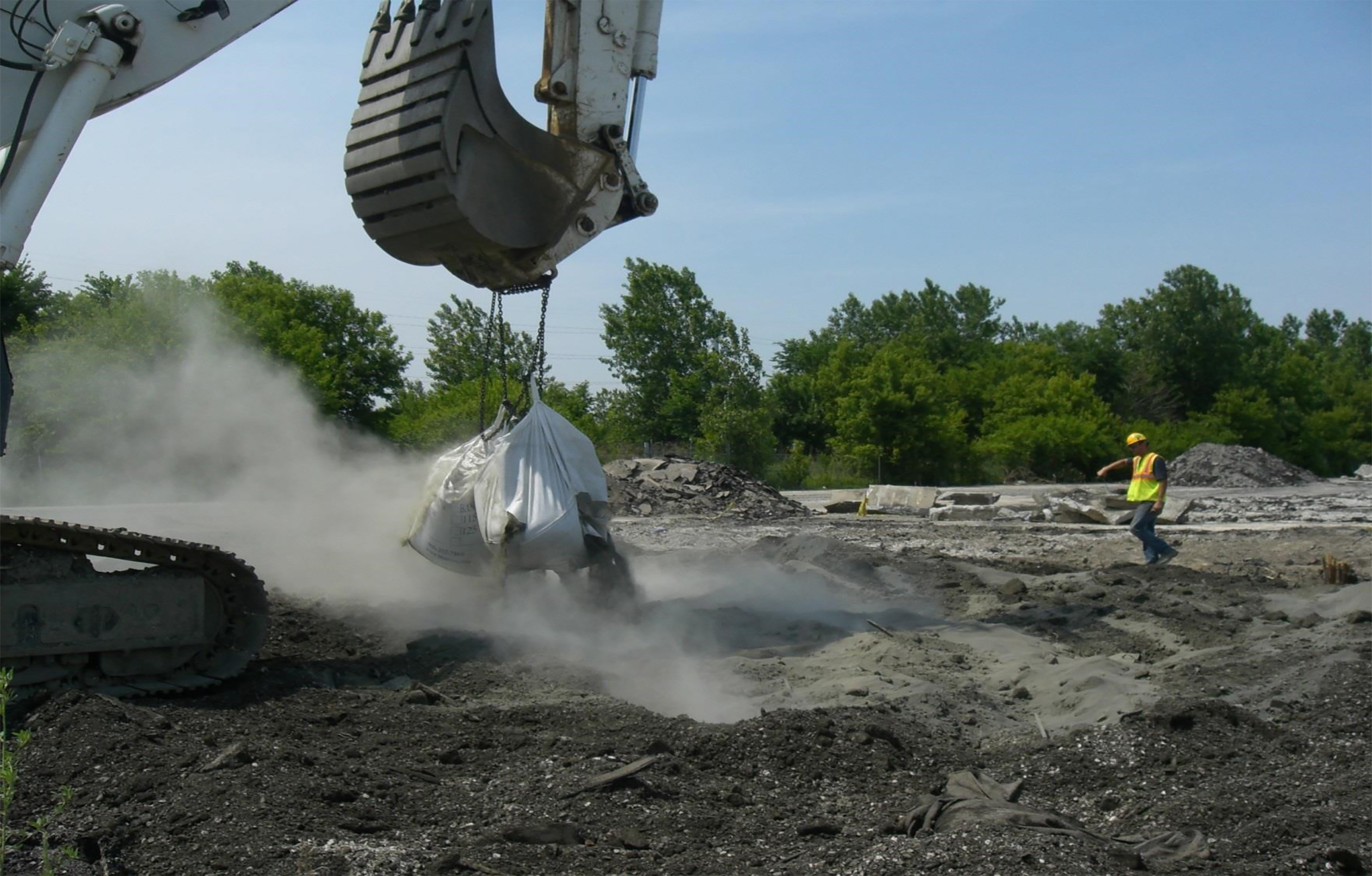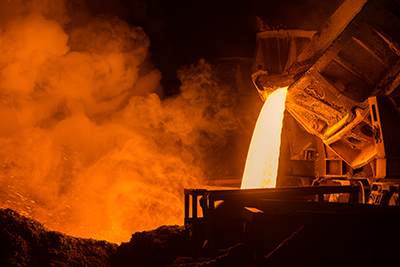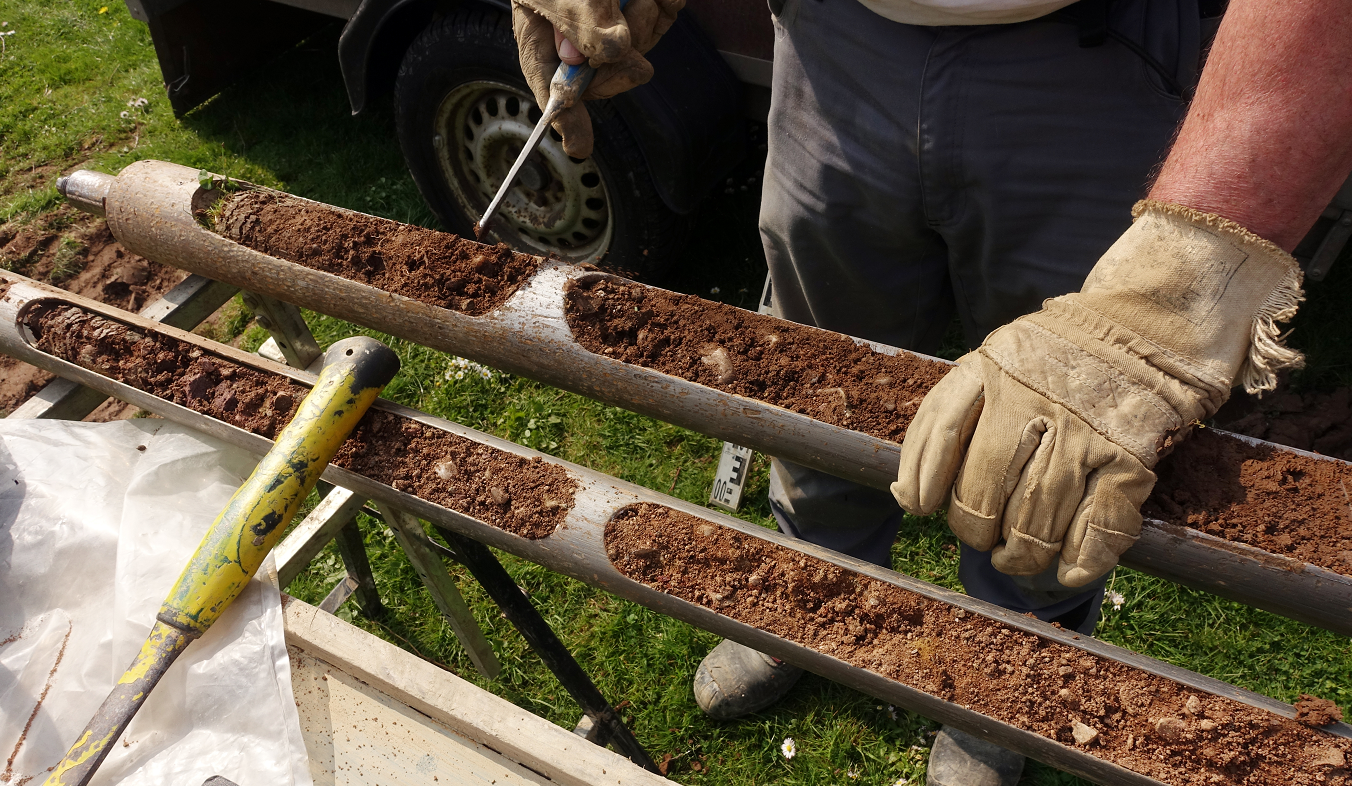How to Avoid Hazardous Waste Classification in Soil Remediation Projects
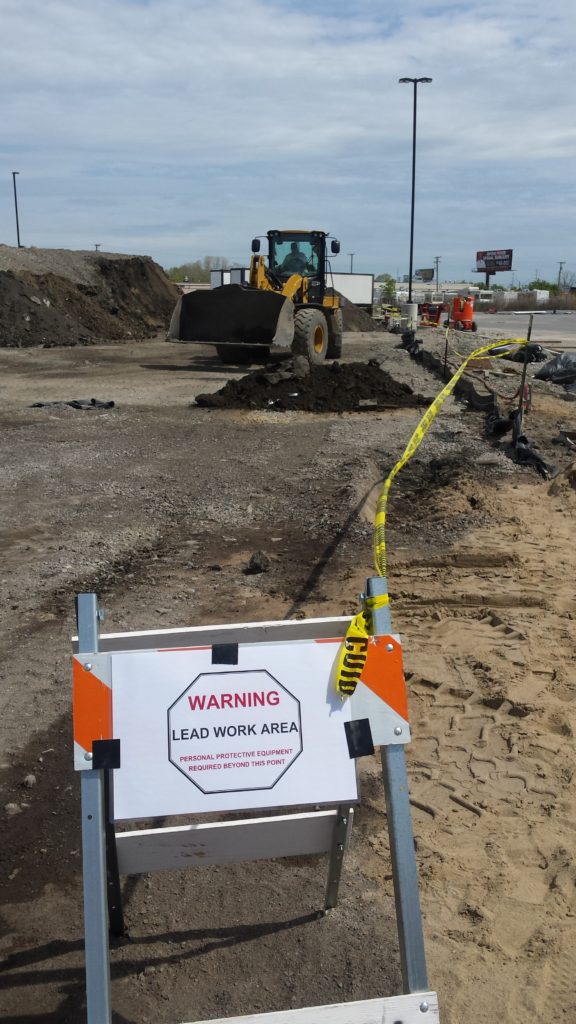
Soil remediation projects often start with the same critical question: will the contaminated soil be classified as hazardous waste? The answer to this question has enormous implications for project costs, compliance, and long-term success. If soils fail regulatory leachability tests, disposal routes narrow, tipping fees skyrocket, and redevelopment schedules are delayed.
Fortunately, there are proven methods to prevent hazardous waste classification—particularly when it comes to heavy metal contamination. By stabilizing metals at the source, remediation contractors can convert hazardous soils into non-hazardous materials, reducing disposal costs and ensuring environmental compliance.
What Determines Hazardous Waste Classification?
The Environmental Protection Agency (EPA) uses the Toxicity Characteristic Leaching Procedure (TCLP) to determine whether a waste should be regulated as hazardous. In this test, soil samples are exposed to simulated leaching conditions to evaluate whether contaminants like lead, cadmium, or arsenic exceed regulatory thresholds.
If concentrations are higher than the allowable limits, the soil is legally considered hazardous. This classification comes with major consequences:
- Disposal in hazardous waste landfills with tipping fees 3–5x higher than non-hazardous facilities
- Special permitting, manifesting, and transportation requirements
- Greater scrutiny from regulators and environmental stakeholders
In short: hazardous classification drives up cost, complexity, and liability.
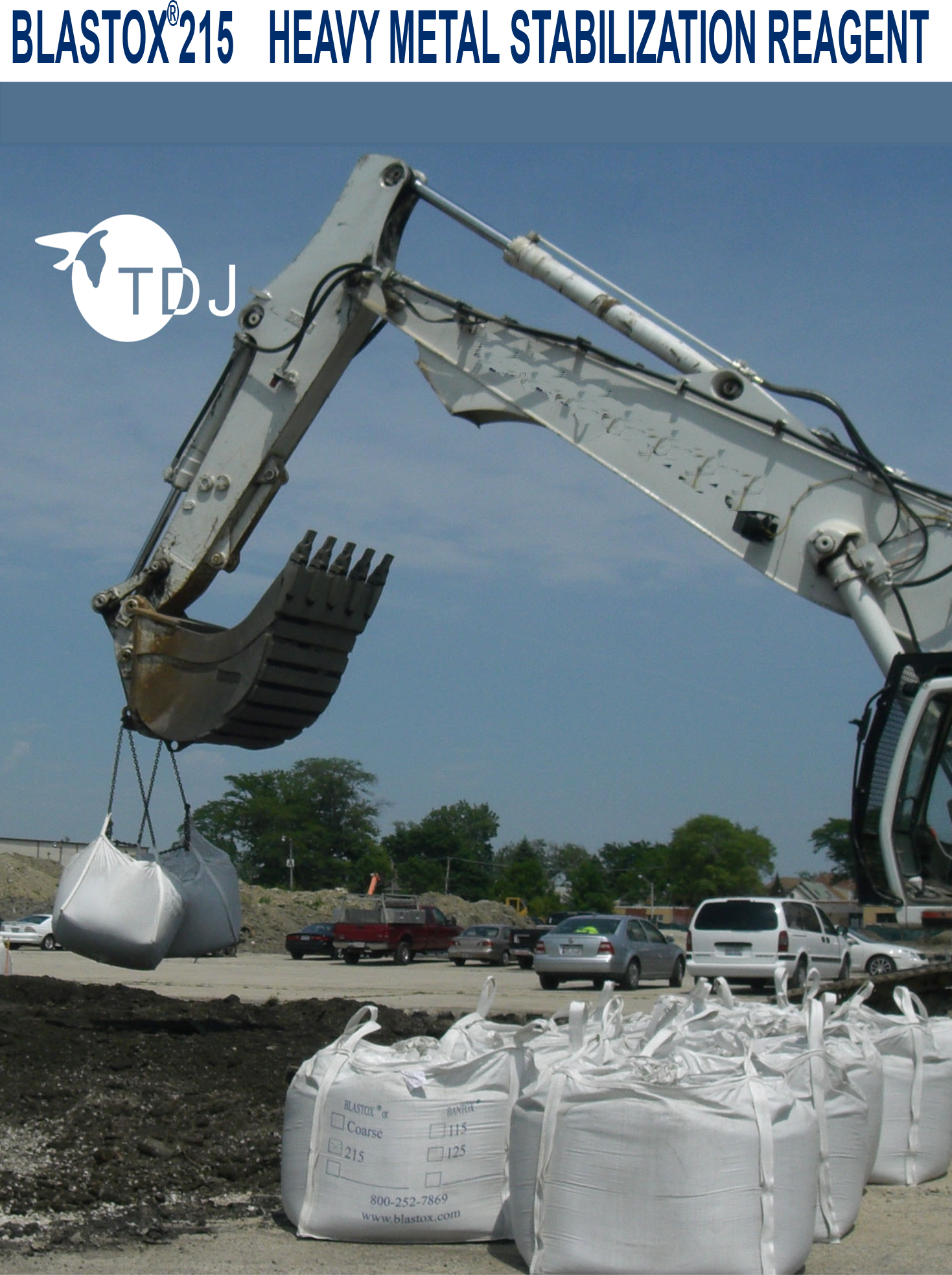
Heavy Metals: The Main Culprit
In many brownfield and industrial cleanup projects, the contaminants that push soils into hazardous classification are heavy metals. Unlike hydrocarbons or organic pollutants, metals such as:
- Lead (Pb)
- Cadmium (Cd)
- Arsenic (As)
- Chromium (Cr)
do not degrade over time. They remain in soils and waste piles indefinitely, creating long-term risks to groundwater and ecosystems.
This persistence means that without a stabilization strategy, soils contaminated with metals are very likely to fail TCLP testing and be treated as hazardous waste.
Common Pitfalls That Lead to Hazardous Waste Classification
Even well-planned remediation projects can run into problems that result in soils being classified as hazardous. The most common issues include:
- Over-reliance on excavation and disposal
Moving soils without treating them simply transfers the problem to a costly hazardous landfill. - Inadequate or inconsistent stabilization
Using generic reagents that aren’t engineered for heavy metal fixation can lead to failed TCLP results. - Improper application methods
Uneven distribution of reagents across soil piles results in “hot spots” that remain hazardous. - Failure to consider long-term stability
Passing TCLP once is not enough—EPA also requires durability over time (e.g., Multiple Extraction Procedure, or MEP testing).
Avoiding these mistakes is key to saving both money and time.
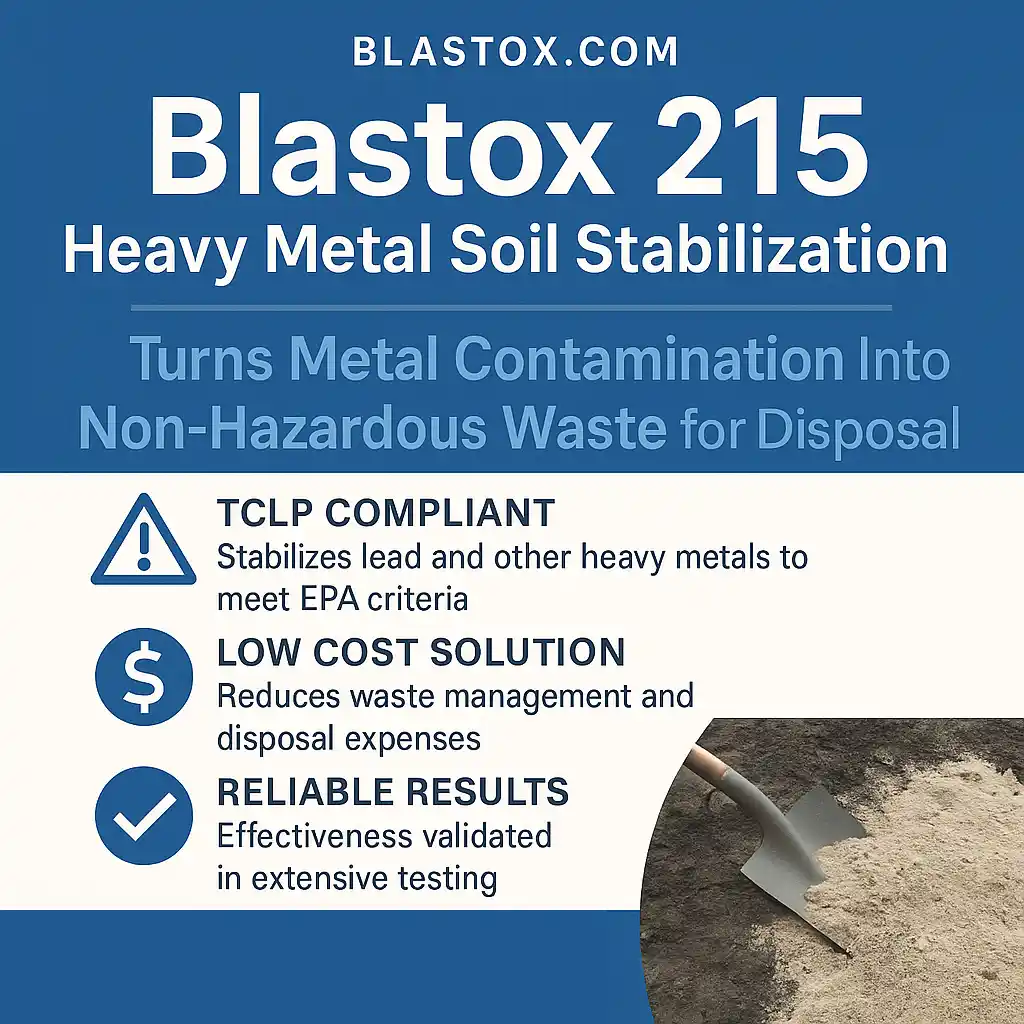
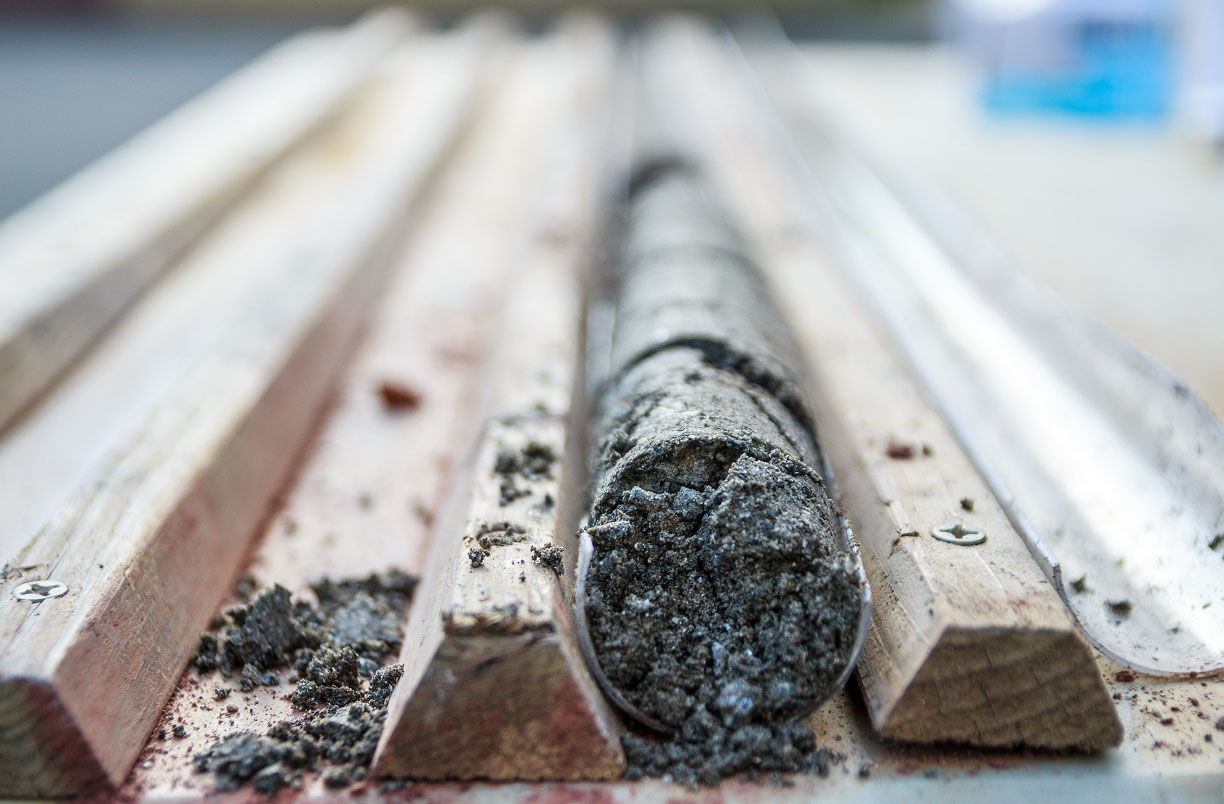
The Solution: Stabilization with Blastox® 215
The most reliable way to avoid hazardous waste classification in soil remediation projects is to stabilize heavy metals before TCLP testing. This is where Blastox® 215 has proven to be an industry-leading solution.
What is Blastox® 215?
Blastox® 215 is a proprietary calcium silicate–based reagent designed specifically for in-situ and ex-situ stabilization of heavy metal–contaminated soils and waste piles. When blended with contaminated material, Blastox® 215 chemically binds heavy metals into insoluble, non-leachable forms.
The result: soils that pass TCLP and can be classified as non-hazardous, unlocking significant cost savings and regulatory compliance.
Key Advantages of Blastox® 215
Proven Effectiveness Across Multiple Metals
Blastox® 215 works on lead, cadmium, arsenic, and other RCRA 8 metals, making it versatile for complex waste streams.
Regulatory Acceptance
Our chemistries meet EPA, DOT, and state requirements for stabilization, with decades of successful project approvals.
Cost Savings
By converting hazardous soil into non-hazardous, contractors can dispose of materials at lower-cost Subtitle D landfills, saving thousands of dollars per project.
Long-Term Stability
Blastox® stabilized soils pass not just TCLP, but also MEP, SPLP, and freshwater leach tests, ensuring environmental safety well into the future.
Best Practices for Avoiding Hazardous Classification with Blastox® 215
- Conduct Bench Testing Early
Site-specific soils should be tested with Blastox® 215 in the lab to determine optimal dosage levels. - Apply Using a Grid System
Mixing soils in 25’ x 25’ or 50’ x 50’ grids ensures even coverage and eliminates untreated hot spots. - Verify with Post-Treatment Testing
Always confirm TCLP compliance after treatment to demonstrate regulatory approval. - Consider Long-Term Performance
Incorporate MEP or SPLP testing to prove stability beyond initial project completion.
By following these steps, remediation teams can move confidently toward project closeout without the burden of hazardous waste classification.
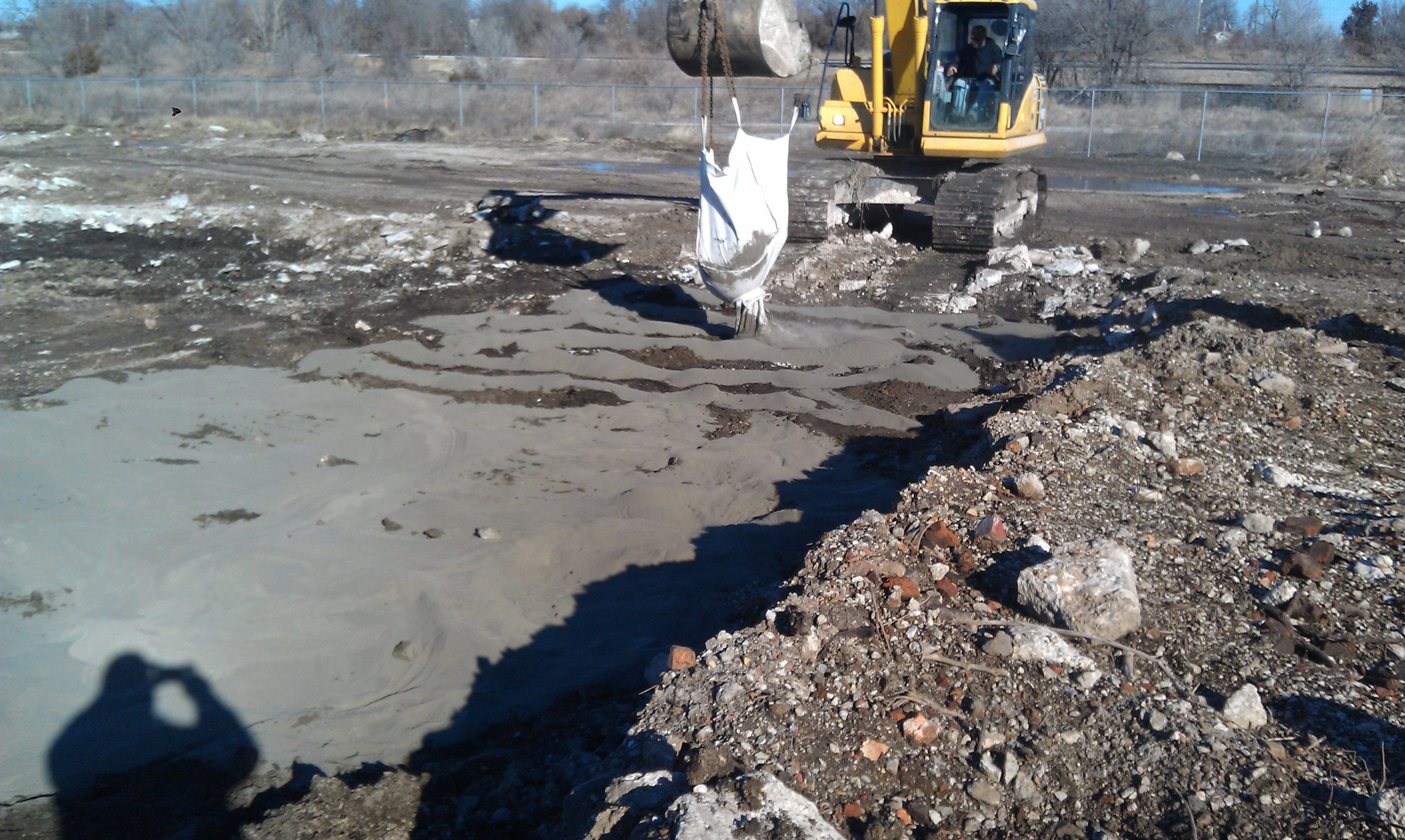
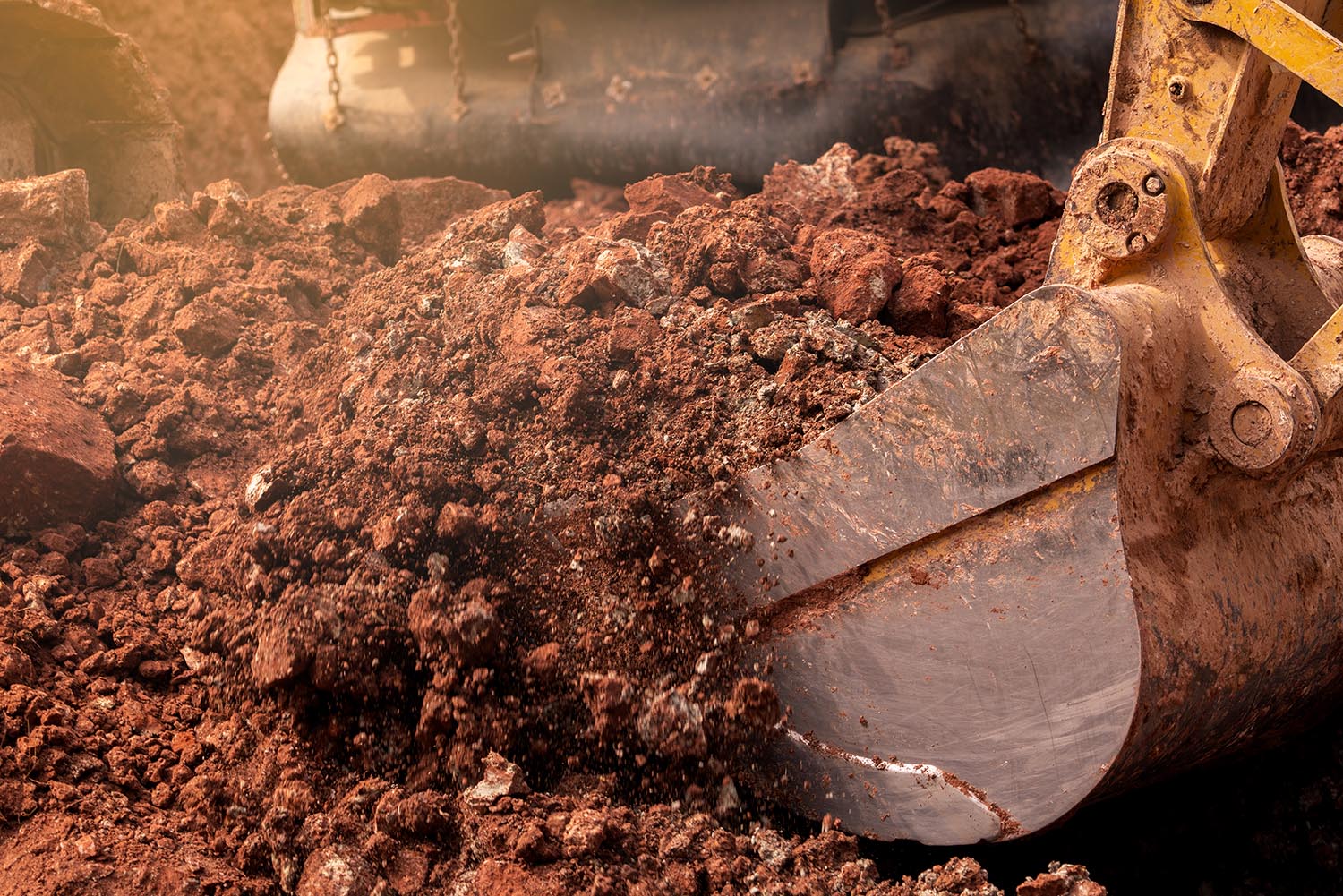
Real-World Impact
For over 30 years, TDJ chemistries have stabilized more than 1,000,000 tons of heavy metal–contaminated soils and waste piles. Contractors, municipalities, and developers have realized not only compliance benefits but also significant cost savings.
Whether it’s a brownfield redevelopment site, a former foundry, or an industrial waste pile, Blastox® 215 ensures that hazardous waste classification doesn’t derail your remediation goals.
Conclusion
Hazardous waste classification is one of the biggest cost drivers in soil remediation projects. But it doesn’t have to be. By addressing heavy metals at the source with Blastox® 215, contractors can ensure soils pass TCLP testing, qualify as non-hazardous, and be disposed of safely and affordably.
With proven chemistry, regulatory acceptance, and decades of field experience, Blastox® 215 is the trusted solution for avoiding hazardous waste classification in soil remediation.
